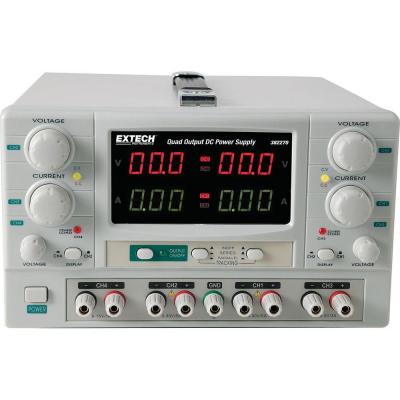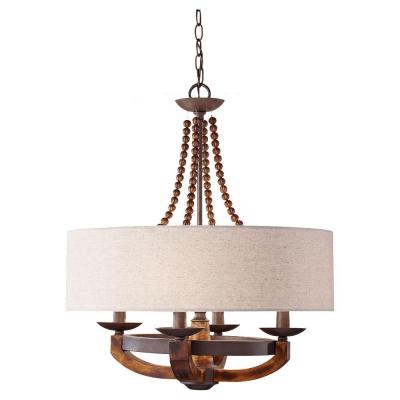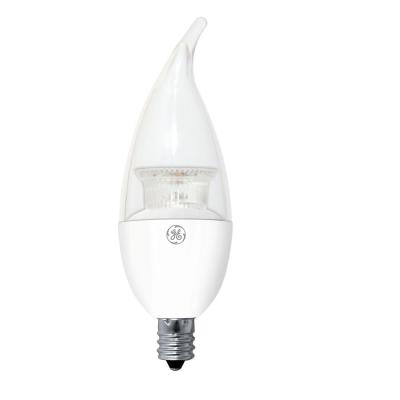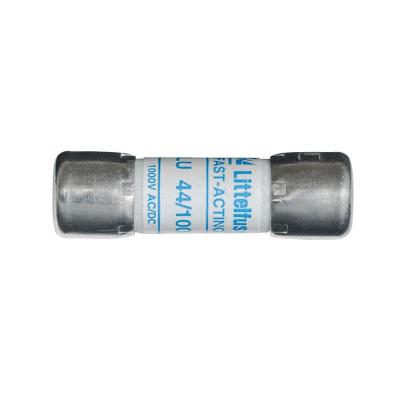Locate industrial electrician - Ask And Expert - DIY Help Center - When choosing the right rating for each specific type of wiring, the UL looks at a range of different factors, including the heat being generated from current flowing through the wire, how quickly the cable will catch and spread fire when exposed to flame, and the wire’s vulnerability to damage from external stresses. The type of in-wall wiring and cables you choose for your home will largely depend on what kind of signal you need to carry, where you’re going to route the wire, and how far the signal will have to travel between your various peripherals. This is usually going to be indicated with a CL2 or CL3 rating when it comes to speaker wire and audio/video cables. A good number of Ethernet cables are rated for in-wall use as well, usually indicated with a CM, CMR, or CMP rating. Residential & commercial services - underground wiring installation, surge protection inspection, ceiling fans troubleshooting, electrical panel etc. Whatever type of wiring you choose to go with, you want to be sure you get one that’s rated for in-wall use by the Underwriters Laboratory (UL) ..More
- Install Outdoor Lighting Oxnard, CA
- Install Surge Protection Lincoln, RI
21 Best licensed electrician - Service Tech Blog Forums - An old fuse box will also have trouble keeping pace with growing household energy demands. When the fuse box was first put it, there were lower voltage demands on the circuits in most houses than there are today. Buying Guide on products, parts and accessories for industrial products, low voltage wiring, code compliance, inspections, troubleshooting. Your home likely uses more power than it did only 10 years ago, and the fuse box may not be enough to handle this higher power load ..More
- Hot Tub Wiring Yonkers, NY
- Install Fire Alarm Kokomo, IN
- location_on Princeton, FL
- location_on West Park, FL
- location_on Gladeview, FL
- location_on Cutler Bay, FL
- location_on Franklin Park, FL
- location_on Hallandale Beach, FL
- location_on Indian Creek, FL
- location_on Hialeah, FL
- location_on Fisher Island, FL
- location_on Hialeah Gardens, FL
- location_on Hollywood, FL
- location_on Glenvar Heights, FL
- location_on El Portal, FL
- location_on Sunset, FL
- location_on Lazy Lake, FL
- location_on Southwest Ranches, FL
- location_on Surfside, FL
- location_on Lighthouse Point, FL
Homeowner Resources & Services
- Keith L'Hoste in Norco, LA
- David Waddle in Hurst, TX
- Mister Sparky in Pompano Beach, FL
- American Electrical Construciton LLC in Succasunna, NJ
- Solomon Adams in Lacey, WA
- Earle Whitehurst in Jacksonville, FL
- Peter G. Johnson in Freehold, NJ
- Andrew Gennaro in Washingtonville, NY
- Empire Electric in Jacksonville, FL
-
Miami Beach, FL: Help! Power Is Out In One Room Of My House
Power outages are usually caused by a storm, when we light candles and wait it out until the storm
-
Miami Beach, FL: Signs That The Wiring In Your Property Needs An Upgrade
09 Dec Signs That the Wiring on Your Property Needs to be Upgraded Posted at 02:41h in Electrical
-
Miami Beach, FL: POP Culture Throwback! June 1999
via huffingtonpost.comEarly in the month, American Airlines Flight 1420 crashed near Little Rock
-
Miami Beach, FL: Mood Lighting with Los Angeles Electrician
We are constantly looking for new ways to update our home and make it just a little better. Putti
-
Miami Beach, FL: How To Make A Battery Operated Light Bulb
-
Miami Beach, FL: Is Your Home Equipped with Safety Outlets–GFIs?
? Let’s say your teen is using an electric drill outside and standing with bare feet in a puddle
-

Quad Output DC Power Supply
Brand :- Extech Instruments Price :- $287.99 -

Adan 4-Light Rustic Iron/Burnished Wood Billiard Island Chandelier
Brand :- Feiss Price :- $352.8 -

40W Equivalent Soft White (2700K) High Definition CA10 Bent Tip Clear Candelabra Base Dimmable LED Light Bulb (2-Pack)
Brand :- GE Price :- $8.64 -

440mA Replacement Fuse
Brand :- Klein Tools Price :- $7.78